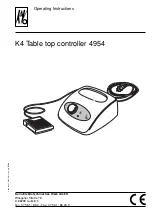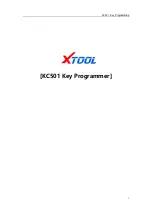
Chapter 6 - Working With Image Files
Storing Images and Loops
Terason t3000 / Echo Ultrasound System User Guide
132
When there is more than 2 GB of free disk space, the area to the right of the Disk Free
field is green. When free space is between 1 GB and 2 GB, the area is yellow. When there
is less than 1 GB of free space, the area turns red.
If the free disk space gets smaller than 1 GB, you should move files to a backup CD (see
on page 142) or delete unimportant files (see
Selecting File Types
The Terason software allows you to save an image or loop in any of these formats:
• ULT Terason image file
• AVI
• Bitmap
• DICOM
• JPEG
• TIFF
To create images that can be viewed by others who do not have the Terason software, use
a format other than the Terason format (.ult). You can email image and loop files or
include them as graphics in other applications.
If you save images using the JPEG format, be aware of the effects of data compression. By
default, the Terason software uses a lossy JPEG compression algorithm. After
compression, some of the image data is gone. When viewed, the compressed image may
show artifacts caused by the JPEG compression. The artifacts may also show if you view
the image on a medical viewing station that allows you to window and level the image.
The amount of compression on an image cannot be selected or predicted. One scan may
compress at a ratio of 10:1, and another may compress at a ratio of 5:1. It is possible that
medically-significant structures could be lost as a result of compression, regardless of the
amount of compression. In addition, compression may result in artifacts appearing on the
image.
To demonstrate what JPEG artifacts look like, the following example shows an
uncompressed ultrasound image, and a JPEG compressed image of the same scan. The
JPEG version was compressed at a ratio of 2500:1.
















































